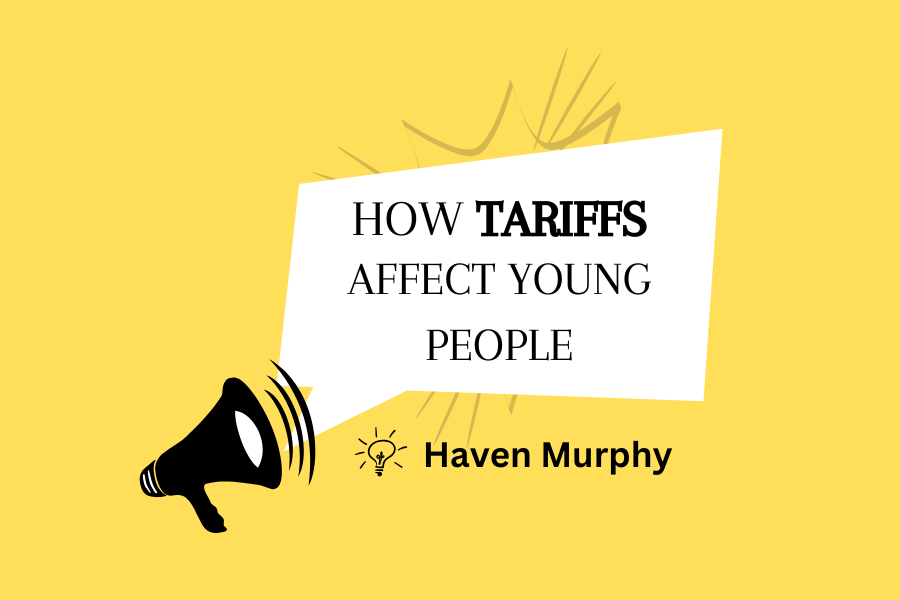In the first 100 days of Trump’s presidency, the American people have witnessed numerous changes in the federal government. Recently, proposed tariffs have taken the nation and national media by storm. On April 2, 2025, in an effort to preserve domestic manufacturing, President Trump declared that a 10% tariff on trading will be imposed upon all countries and a higher “individualized reciprocal” tariff on the countries the United States largely trades with. These tariffs were set to take place April 5 and April 9. However, April 9, the Trump administration paused the tariffs on all countries for 90 days due to communication and a lack of combating tariffs in retaliation for over 75 trading partners–excluding China. As a result of the country’s retaliation, both China and Trump raised the tariff to 125% on each other’s goods, which is to be “effective immediately.” However, as of April 25, 2025, none of the tariffs have been made policy. Instead, the U.S and China have temporarily exempted certain of each other’s goods from being affected by the tariffs, like electronics and pharmaceutical products. Many are unsure of the potential lifespan of the tariffs, as Trump has threatened many drastic changes and later gone back on them.
But what does it mean? How do tariffs work and how do they affect Americans–particularly the American youth?
Tariffs are taxes on imported goods from other countries, put in place to contribute to a country’s economy and protect domestic production. When purchasing imported goods, like vehicles, electronics, clothes and food, the tariff tax will reflect in the price. For example, alcohol is cheaper to purchase in the United States than imported from Iraq. An influx in tariffs on the countries the United States trades with will directly result in an influx of prices on an array of items; Agricultural products from Mexico, Canada and China would rise in price, creating financial difficulty for most Americans. This financial difficulty reflects onto the youth and upcoming young adults. Students living in a working household and young people just beginning to support themselves will be affected by the rise in prices for imported agricultural products like avocados, bananas and berries, name brand and non-name brand clothing and apparel, home appliances like coffee and laundry machines, cars and car parts, even imported electronics like computers, smartphones, TVs and industrial equipment.
How would a young person navigate the effects of the tariffs within their own lives and within their families? As a teenager myself, I often wonder how myself and the people around me like family, friends, teachers and neighbors will fare with the tariffs. However, it is important to remember your nearby resources, often supplied by your community. An extensive list compiled and provided by the Prosecuting Attorney’s Office showcases over 100 resources for St. Joseph county residents–which include residents of South Bend, Mishawaka, Granger and numerous townships–nearby and everyone in between! The resources provided range from support in clothing, education and food to financial, health/medical, housing and substance abuse for children and families, the youth and veterans. A common nutritional community resource are food pantries, non-profit organizations meant to feed those of the community for free who are at financial risk when purchasing food. However, on the list of resources provided, many food pantry locations are only available for residents of certain areas and during certain times, such as St. Joseph county and certain Indiana towns nearby. A food pantry open to everyone is Cross Bar Ministries, located in Mishawaka.
With the rising possibilities and realities of tariffs, anxiety is bound to follow–especially among working families and the youth of said working families. Community and connection is an extremely important resource in the time of changes that cause financial and possible lifestyle change, so utilize them whenever you can or you think you may need to.









